As the move to the cloud and containers continues to make software delivery faster and easier, environments are getting more complex. At Scalyr, we believe that observability solutions need to help engineering and operations teams get access to all the data they need, fast. Along those lines, we are announcing new features to help teams support the latest container and orchestration technologies, improve collaboration, and streamline workflows for faster and easier issue identification and resolution.
Kubernetes Cluster-Level Logging
Our new Kubernetes cluster-level logging enables engineering teams to effectively monitor and troubleshoot Kubernetes environments by centralizing and visualizing logs by deployment. Regardless of source, Scalyr intelligently ingests, parses and organizes logs to give developers an application-level view for faster issue resolution in complex container environments.

As shown in the screenshot above, users are presented with log summaries by deployment rather than by each individual container. The automatic grouping of logs pertaining to a deployment gives developers a more holistic view of each application or service that may be running on multiple containers and pods. Insight into individual pods and nodes is also available but that level of detail is abstracted by default so developers can focus on their application right away.
Chart Annotations
For many of the complex software issues faced by engineers, increased collaboration is key to finding solutions quickly. To improve collaboration between engineering and operations and between different engineering teams, our new chart annotations provide a way for users to call attention to specific points or windows of time with markers and customizable notes. Annotations can be manually added to dashboard charts to highlight potential issues and shared with any team member. This improves communication and productivity among engineering team members, giving them additional context to more quickly hone in on the specific logs related to the problem at hand.
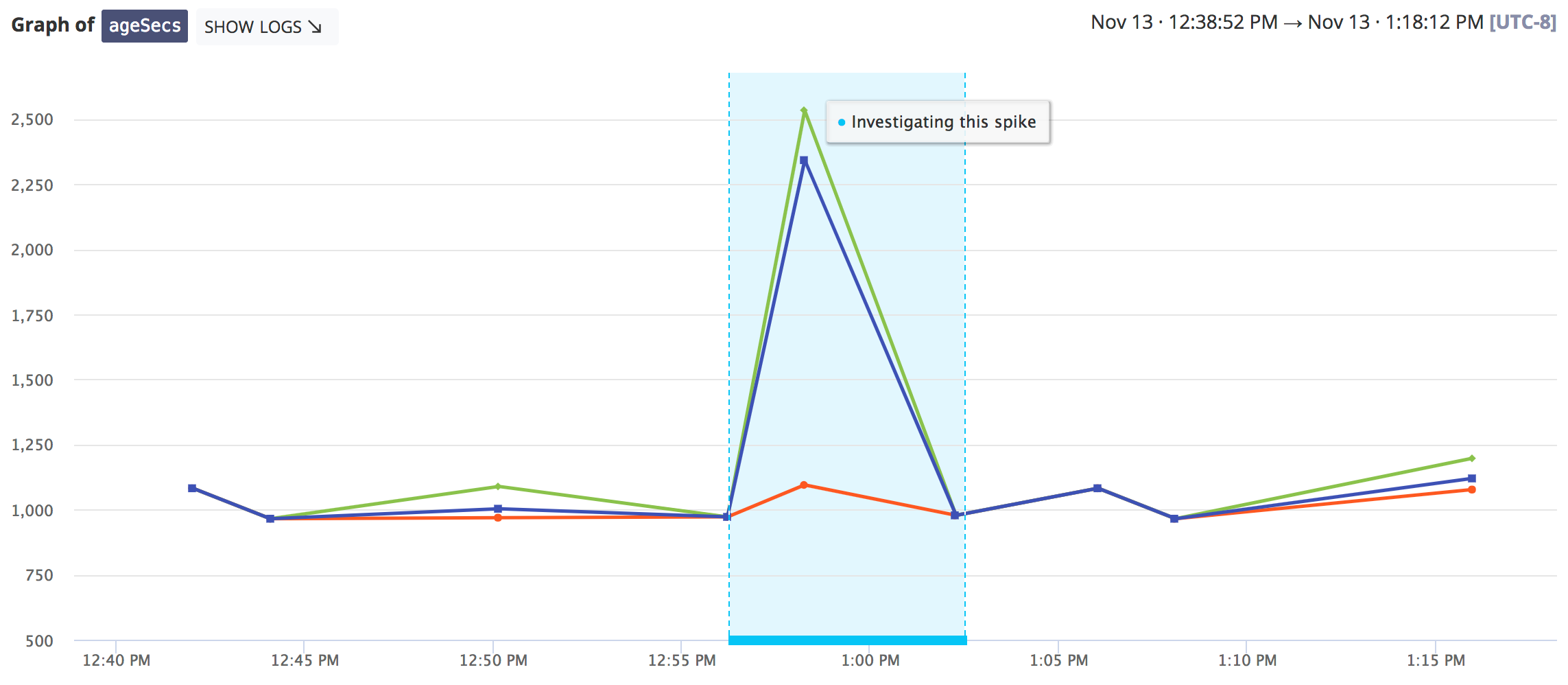
Slack Integration
We’ve extended our integration with Slack to provide more native interaction within the Scalyr UI. When viewing a chart, users can select “Share with Slack” from the Share dropdown menu and immediately send the chart to another user or channel in Slack.
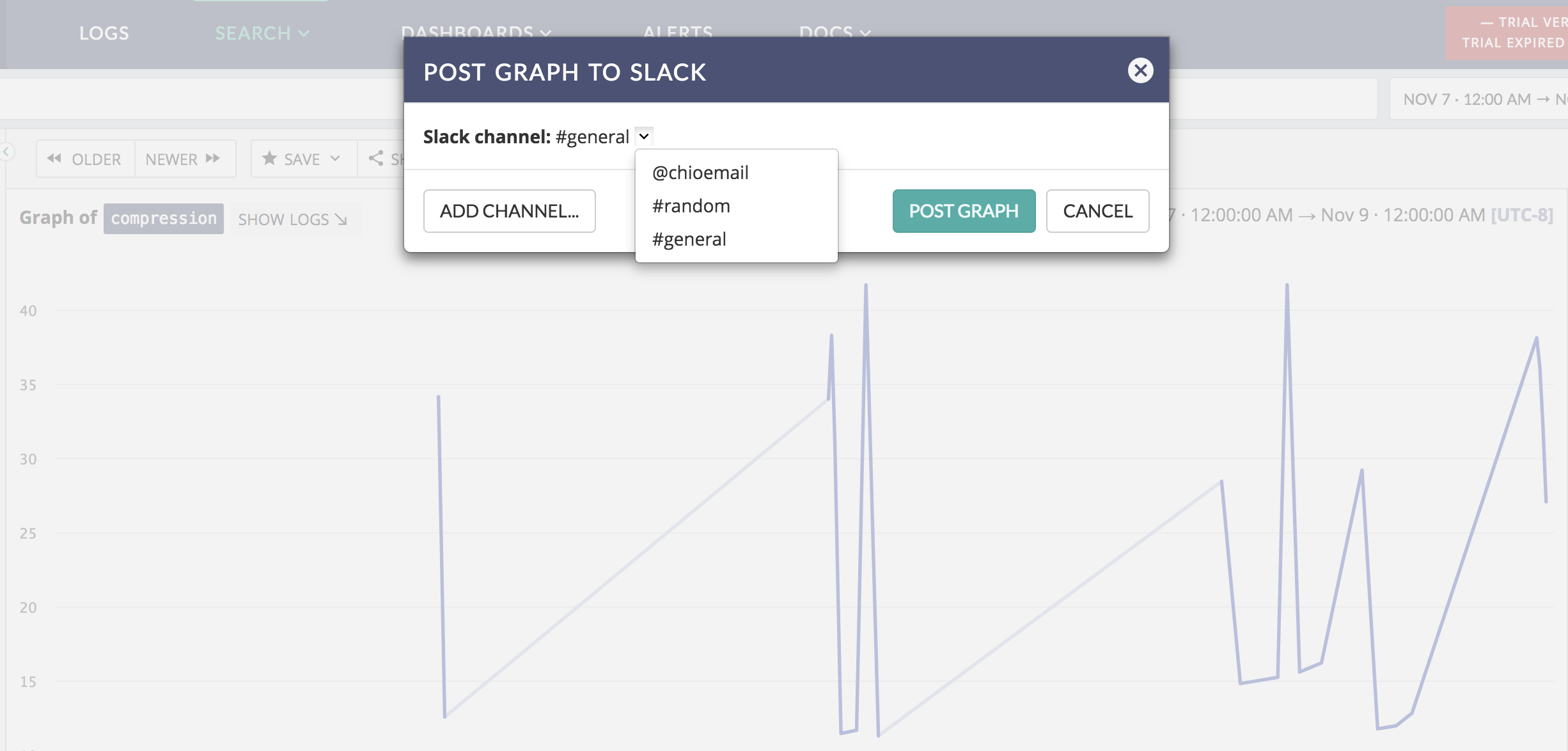
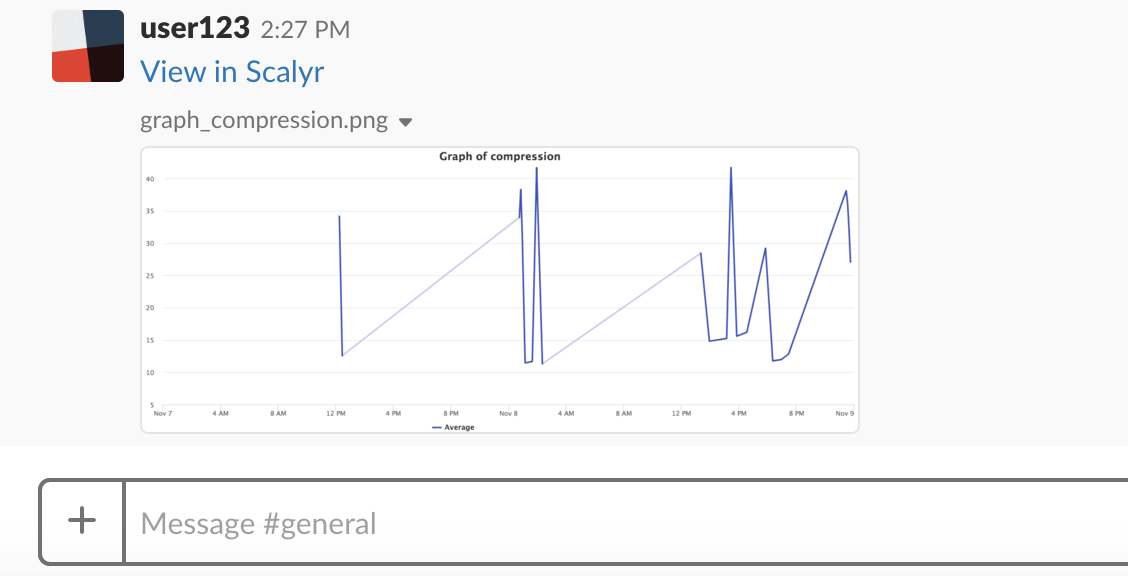
Stack Trace Linking
Scalyr now makes it possible to jump directly from log events with stack traces into the reference source code in your repositories. This streamlines your debugging workflow, making it faster and simpler to get under the hood, make tweaks, test hypothesis, and ultimately solve problems. Investigating exceptions is now as easy as one mouse-click. Scalyr supports any web-accessible repository such as GitHub.
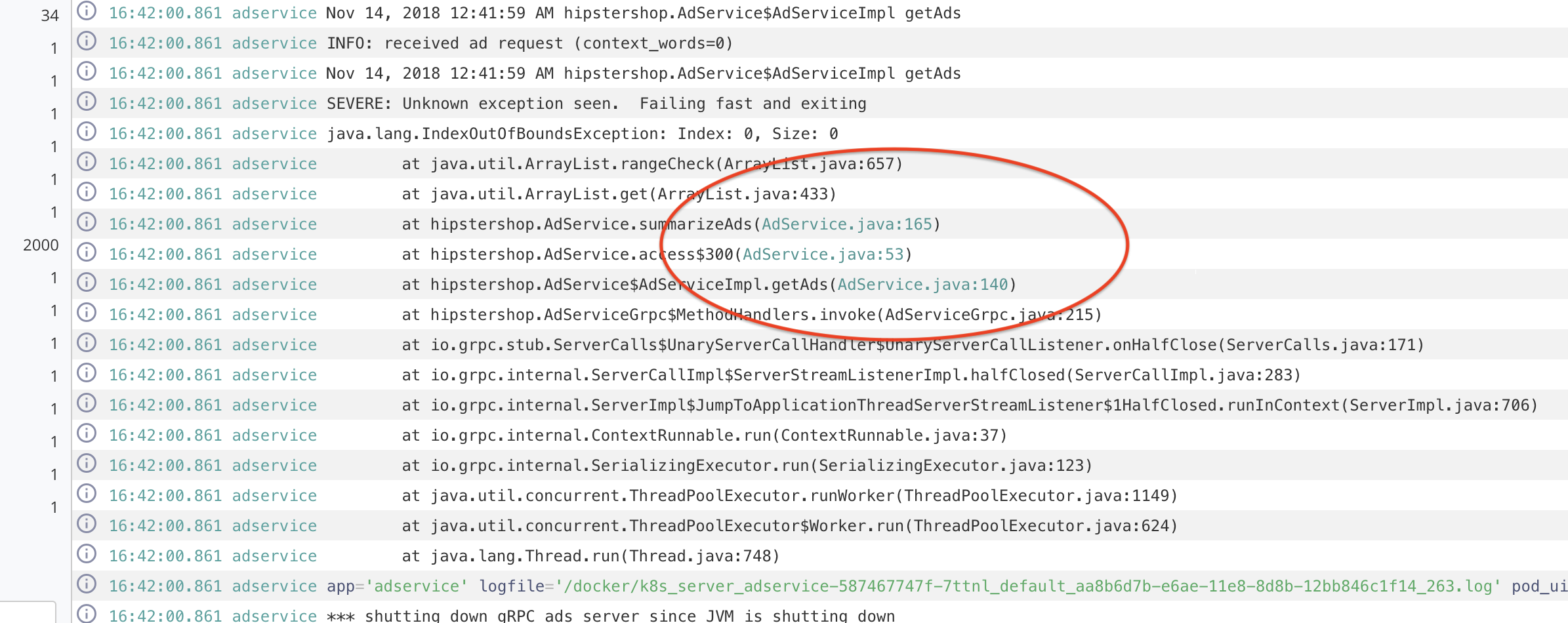
CloudWatch Support
We’ve improved our support for AWS CloudWatch to provide a simpler and more reliable way to import AWS logs. By importing your AWS logs into Scalyr, you’ll get a centralized and more holistic view of all of your services, including serverless AWS Lambda functions and other AWS services.
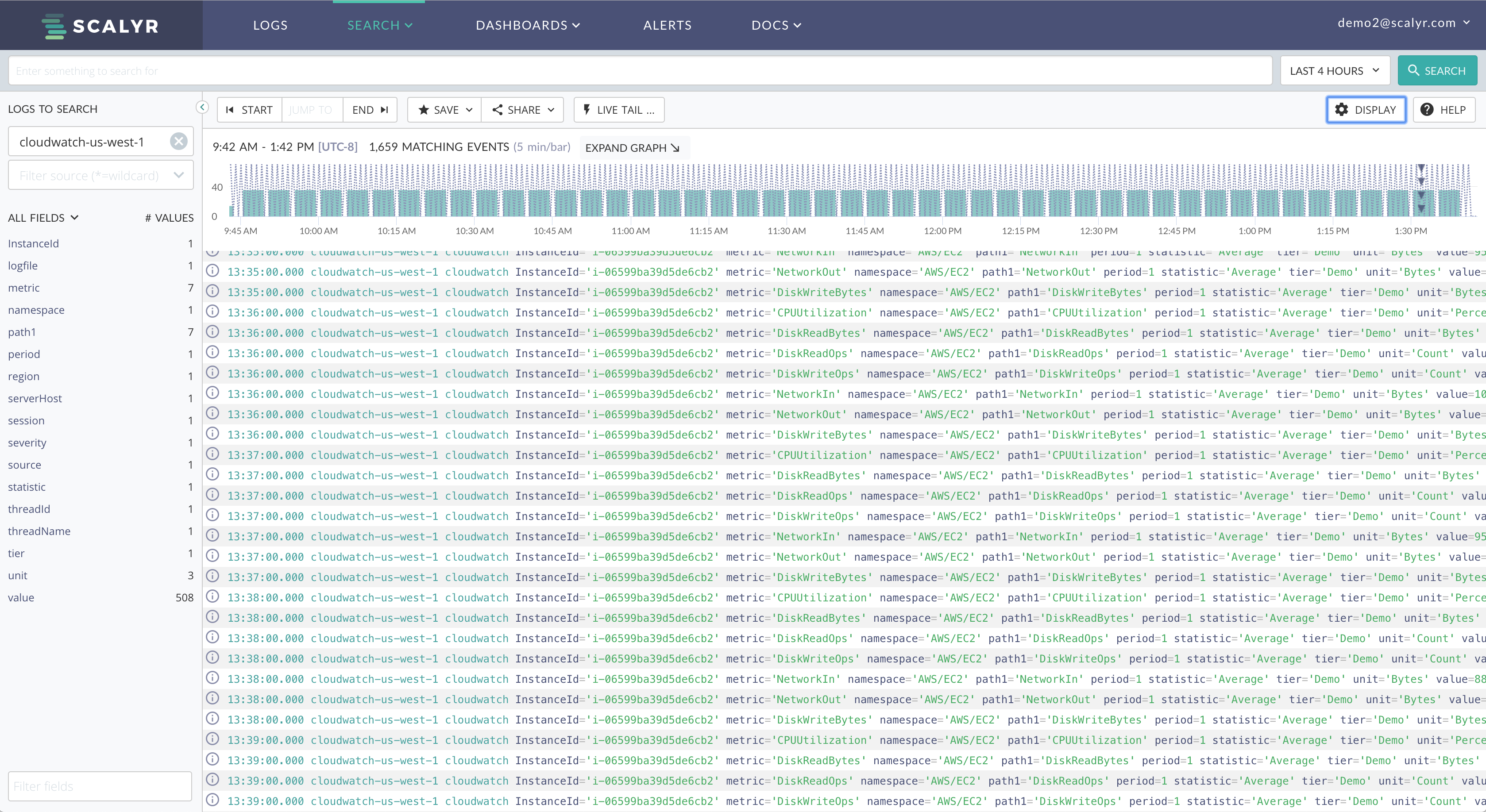
We will be releasing these new features in the coming weeks. If you’ll be at AWS re:Invent 2018, be sure to swing by Booth 1014 to catch a demo.


